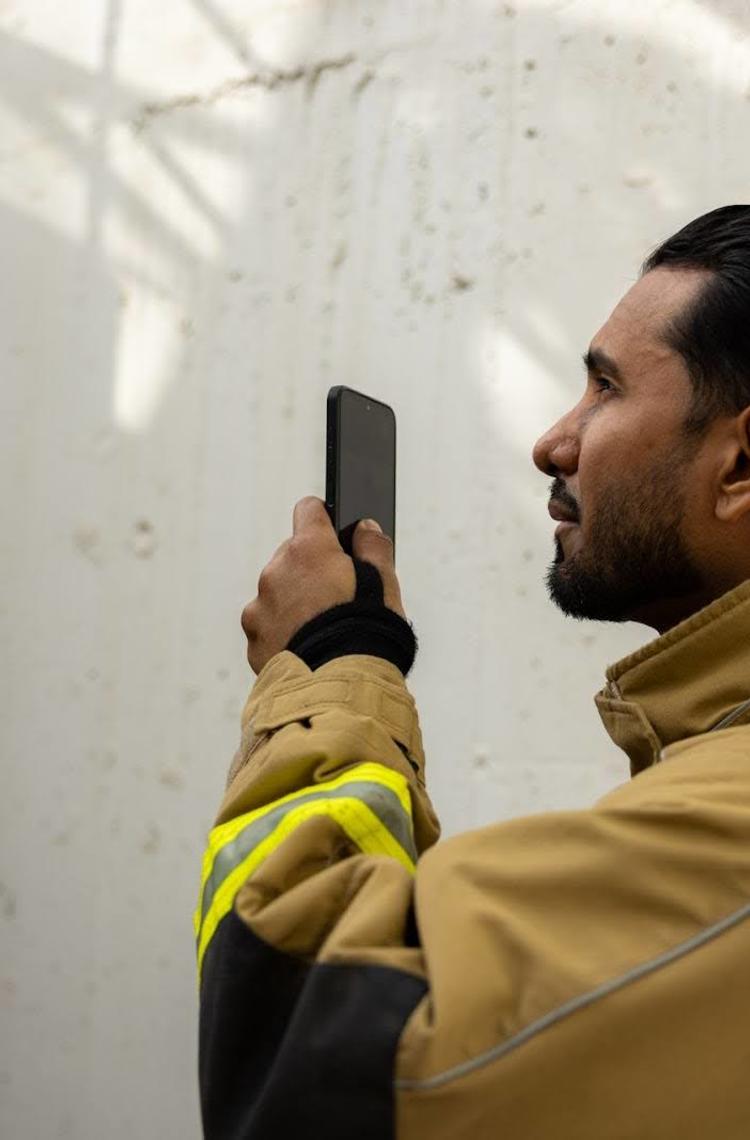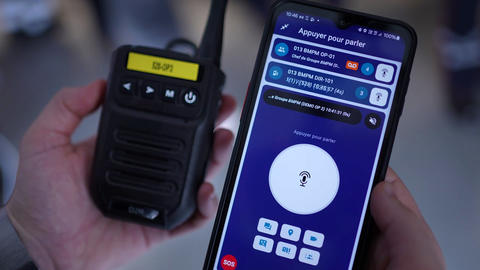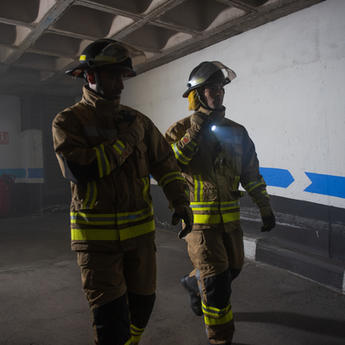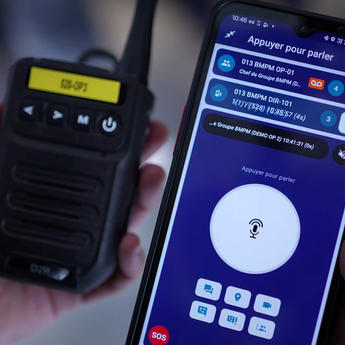Designing applications for critical communications is about more than appearance and visual design; it requires a deep focus on functionality, reliability, and user-driven principles. In this article, we’ll discuss why user experience and user interface design are so vital in high-stakes environments, break down the core principles guiding effective design in this field, and explore how new technologies will shape the future of critical communication interfaces.
Key terms
User interface (UI) refers to the visual and interactive layer of an application: the buttons, sounds, icons and layouts that people directly engage with on a screen.
User experience (UX) describes how intuitive, efficient, and reliable the application feels when completing a task, from the first interaction to the outcome.
User-centred design (UCD) is a design process that ensures products and systems are built around the real needs, limitations, and contexts of their users. Where UI defines the interface and UX defines the overall experience, UCD places the user at the centre of every decision, from gathering requirements to prototyping and testing.

Why user experience matters more in critical communications
In consumer apps, poor design might frustrate users or impact revenue, but the consequences are usually limited to inconvenience. Users can abandon the app, leave a negative review, or simply move on to other products. In contrast, the stakes in critical communications are far higher. Here, user experience or user interface design is not just about aesthetics or engagement, but it directly affects safety, efficiency, and mission success.
In high-stress situations, an intuitive interface reduces the mental effort required to perform tasks, helping prevent errors and saving crucial time. Critical communication tools must provide instant clarity to support rapid decision-making and be designed to operate under challenging conditions. A confusing or poorly designed interface for a paramedic, firefighter, or police officer can delay response times or even contribute to life-threatening mistakes.
Consider a real-life scenario: a team of rescue workers operating in a collapsed building. Visibility is low, hands may be occupied, and background noise is overwhelming. In this case, UX success is not a clean-looking screen, but rather:
- A push-to-talk button that can be located and activated by touch alone, even with gloves.
- Audio filters that strip away static and echo, leaving only the human voice.
- Automatic prioritisation so that a commander’s evacuation order overrides all other chatter.
These small design decisions, often invisible to end users, can mean the difference between mission success and critical delay.

Core user-centred design principles to ensure reliable and error-free critical communications
While user interface and user experience often recall screens and visual interfaces, in mission-critical communications the user interface is frequently voice-centric. The design extends beyond visuals to include how clearly speech is transmitted, how effectively background noise is cancelled, and how reliably audio is delivered under extreme conditions. This focus on audio UX ensures that vital messages are understood immediately, even in chaotic environments.
Among the core principles guiding user interface design in critical communications are user-centricity, reliability, multimodality, and interoperability. The design must focus on intuitive, task-oriented interfaces that reduce cognitive load in stressful situations and across varying equipment. For example, an 'accessory-first' approach for certain features ensures seamless integration with physical tools, while a context-aware functionality allows the interface to adapt to the user’s immediate situation. One key challenge is multimodal usage, which involves seamlessly integrating multiple interaction channels, such as touch, voice, and physical controls, so that the interface dynamically adapts to the user’s situation, device, and environment.
Clarity, consistency, and error prevention need to be ensured through clear visual hierarchy, consistent patterns, and intuitive feedback. A distinct visual hierarchy and contrast-rich colour coding can help differentiate communication status. To maintain clarity, consistency, and minimise errors, it is important to employ a pattern library to provide a unified interface that can scale across devices, from mobile phones to accessories where applicable.
Logical navigation and user flow play a crucial role in speed, efficiency, and safety. Navigation should be task-oriented, grouping related features to mirror real-world workflows. This minimises the interactions required to perform critical actions, such as initiating an emergency call or changing status. Clear navigation, quick-action buttons, and a multimodal approach to tasks ensure that users can access essential tools rapidly, even under pressure.
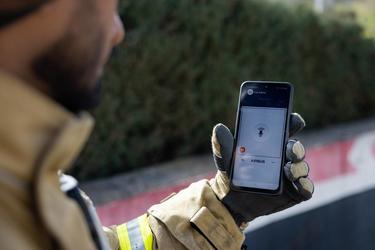
Adapting user-centred design across industries and environments
When designing products for customers or end users across different industries or areas of business, it is essential to consider the unique workflows, terminology, and regulatory requirements of each domain, such as public safety versus utilities. Understanding and mapping user processes across these domains helps uncover common patterns, hidden dependencies, and critical points of failure. By learning from one domain and applying those insights to another, products become more intuitive and adaptable.
Different users, tasks, devices, and environments shape how people interact with systems, so design must be flexible to accommodate these realities. For example, an isolated electrician requires robust safety features and hands-free operation for use with gloves. A police officer operating in a dynamic team situation needs instant group communications, situational awareness, and rapid access to relevant field data. Meanwhile, a dispatcher in a control room requires a unified interface to manage information overload and coordinate diverse units effectively. The goal is to ensure consistency of core functions while adapting details to suit the diverse use cases and settings.

As systems grow smarter and more complex, critical user experience must become simpler
Advancing technology allows for the integration of additional data sources, such as video streams, analytics, and AI-driven insights, to enhance situational awareness. The user experience must evolve to present this complex information clearly, without causing information overload for the user, enabling better-informed decisions in increasingly complex operational environments.
Continuous evolution should be supported through a constant feedback loop with users. Usability testing must be conducted in realistic field conditions across diverse user groups. By collecting data from user interviews, observations, surveys, and analytics, pain points and goals can be identified, ensuring the design evolves to meet users’ changing needs. It is important to remember that every tool exists within a workflow and understanding precisely where and how it is used is key to designing solutions that seamlessly enable operations and adapt to changes within those operations.
Ongoing development relies on strong customer relationships and a structured process of testing and data analysis. Using a combination of attitudinal and action metrics allows stakeholders to validate new features and guide improvements effectively, ensuring that user experience continues to evolve in line with user needs and operational demands.
Watch the video and learn more about user centred design from our expert
